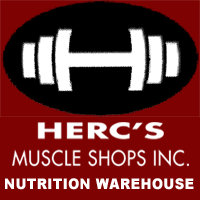Vegetables, fruits, and grains are normally low in fat and have no cholesterol. Most are great sources of dietary fiber, complex carbs, and vitamins. The American Heart Association recommends that you eat foods that are high in complex carbs and fiber.
Below are some tips for making healthy food choices:
– Coconut is high in saturated fat, while olives are high in monounsaturated fats and calories. You should use these items sparingly to avoid getting too many calories from fat.
– When vegetable grains are cooked, saturated fat or cholesterol is often added. For example, egg yolks may be added to bread or even pasta.
– Processed, canned, or preserved vegetables may also contain added sodium. With some people, too much sodium (salt) may lead to high blood pressure. There are some food companies that are actually canning vegetables with less salt. You can look for these in the market area or choose fresh and even frozen vegetables.
– Nuts and seeds tend to be high in calories and fat, although a majority of the fat is polyunsaturated or monounsaturated. There are some varieties, macadamie nuts for example, that are also high in saturated fat.
Foods that are high in soluble fiber are a great choice as well. Examples include oat bran, oatmeal, beans, peas, rice bran, barley, and even apple pulp.
Whenever you are looking for healthy food choices, always make sure you read the nutrition label or information about the food. You can then determine what the food contains and how healthy it truly is for your body. By taking your time and making your healthy food choices wisely, you'll have a lifetime to enjoy the foods that will take care of you.









